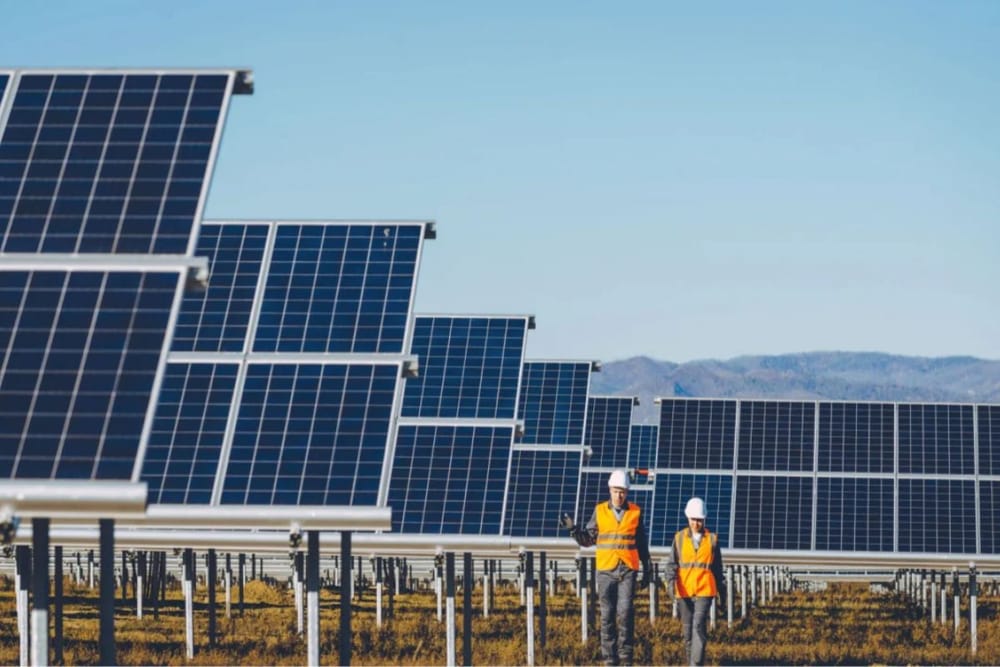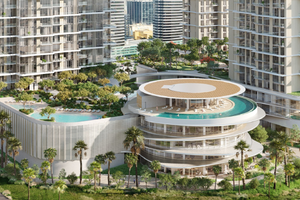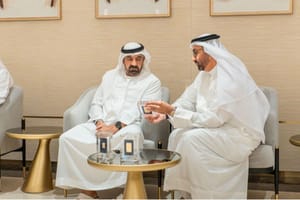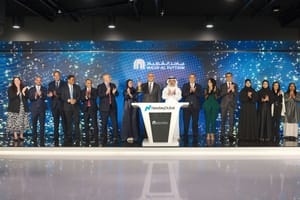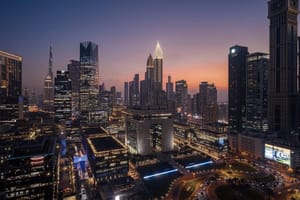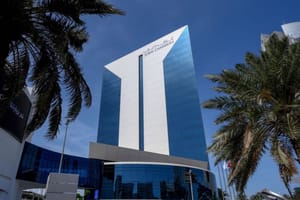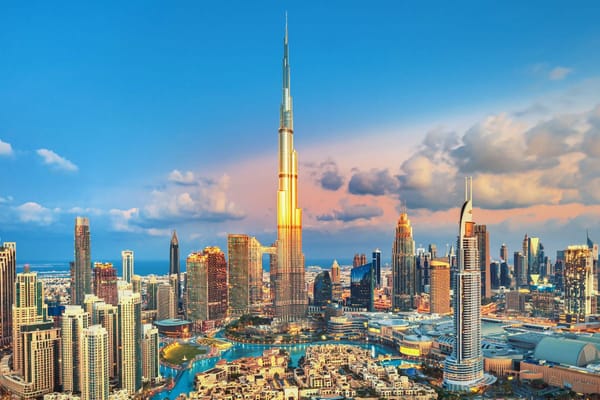The International Energy Agency (IEA) said in its report published today that the Middle East and North Africa (MENA) region has great and varying ambitions and drivers to achieve the goal of tripling renewable energy capacity by 2030.
According to the report titled “COP28 Tripling Renewable Capacity Pledge: Tracking countries’ ambitions and identifying policies to bridge the gap”, the IEA explained that the MENA region shows the highest growth factor based on its ambitions – 4.5 times its current small base, led by Saudi Arabia, Egypt and Algeria.
“The MENA region accounts for less than 8 percent of global emissions from power generation and heat production. It aims to realise its significant untapped renewable energy potential by increasing capacity from less than 50 GW in 2022 to 200 GW by 2030,”
the report said.
“In total, the region seeks to raise its installed capacity by a factor of 4.5, the largest regional growth globally. However, the countries demonstrate stark differences in their levels of ambition and what drives it.”
Solar PV makes up almost half of the capacity aims for 2030. If all ambitions in the region are realised, solar PV capacity will increase from 16.5 GW in 2022 to over 90 GW by 2030. Even higher amounts could be achieved if some of the non-specified capacity in government ambitions is allocated to solar PV. High solar irradiation levels and increasing competitiveness make solar PV the main technology choice in the region’s ambitions. Since 2015, prices awarded for utility-scale solar PV have plunged 75 percent, from US$56/MWh in Jordan’s 2015 tender to $14/MWh in the most recently awarded tender in Abu Dhabi.
“Awarded solar PV prices have dropped for several reasons,”
the report further revealed.
"First, in addition to global equipment costs falling, the introduction of competitive auctions has helped attract lower bids. Plus, many projects are large and can take advantage of economies of scale to achieve cost reductions (in the last ten years, six of the 24 projects were more than 1 GW in size). However, these low prices may not reflect all the costs developers face and may not be replicable in all countries due to certain conditions. Access to state-backed financing and favourable land costs have also contributed to the reductions."
News Source: Emirates News Agency
